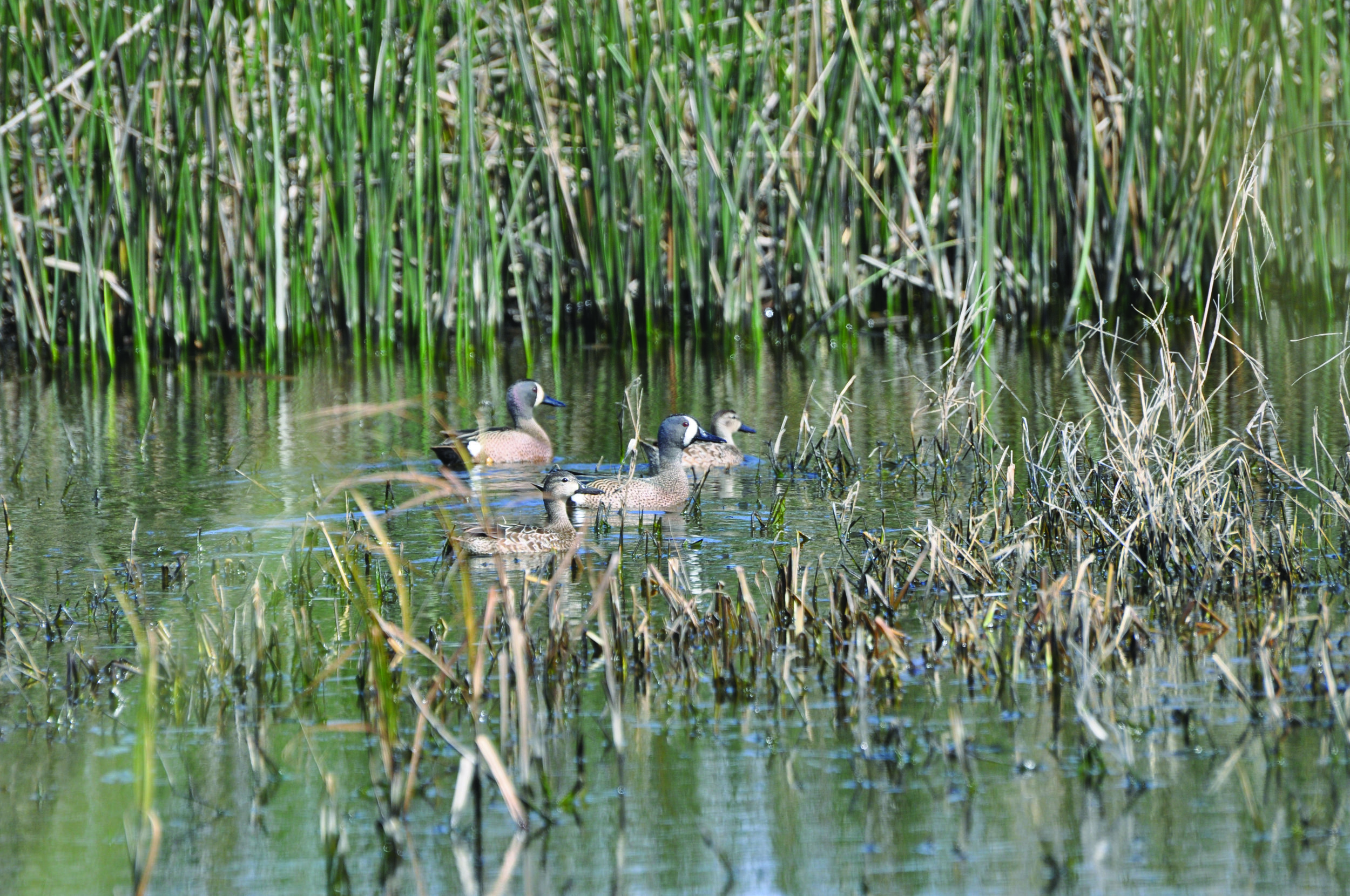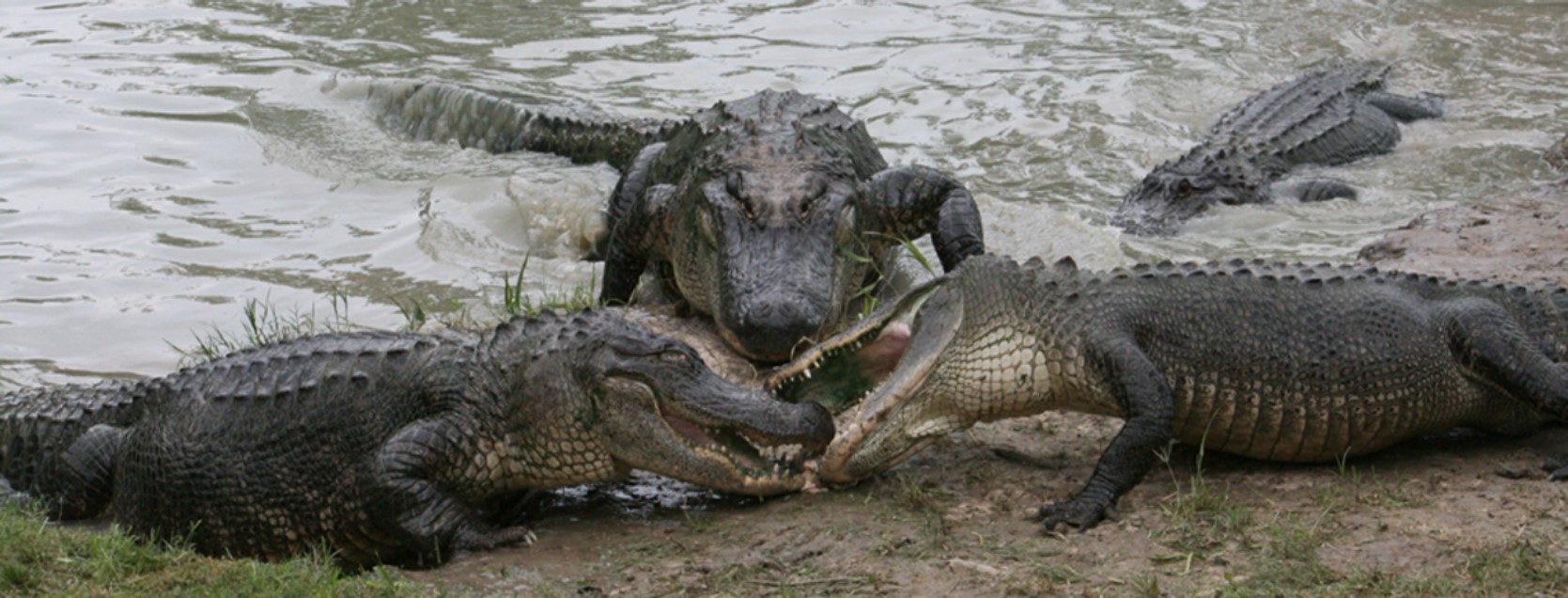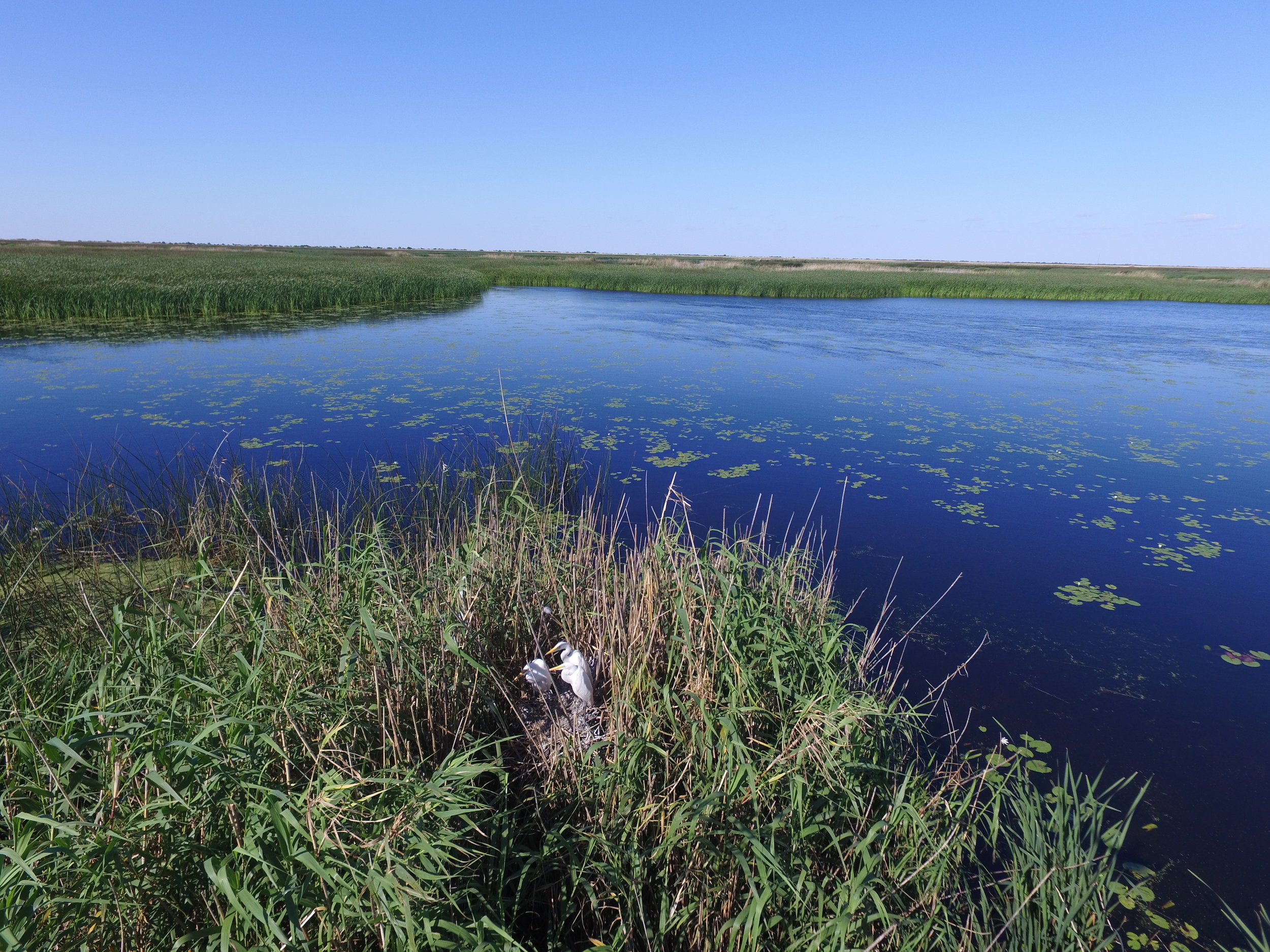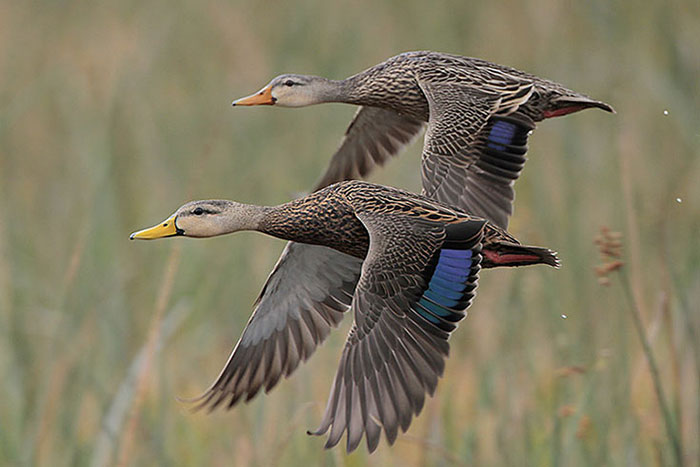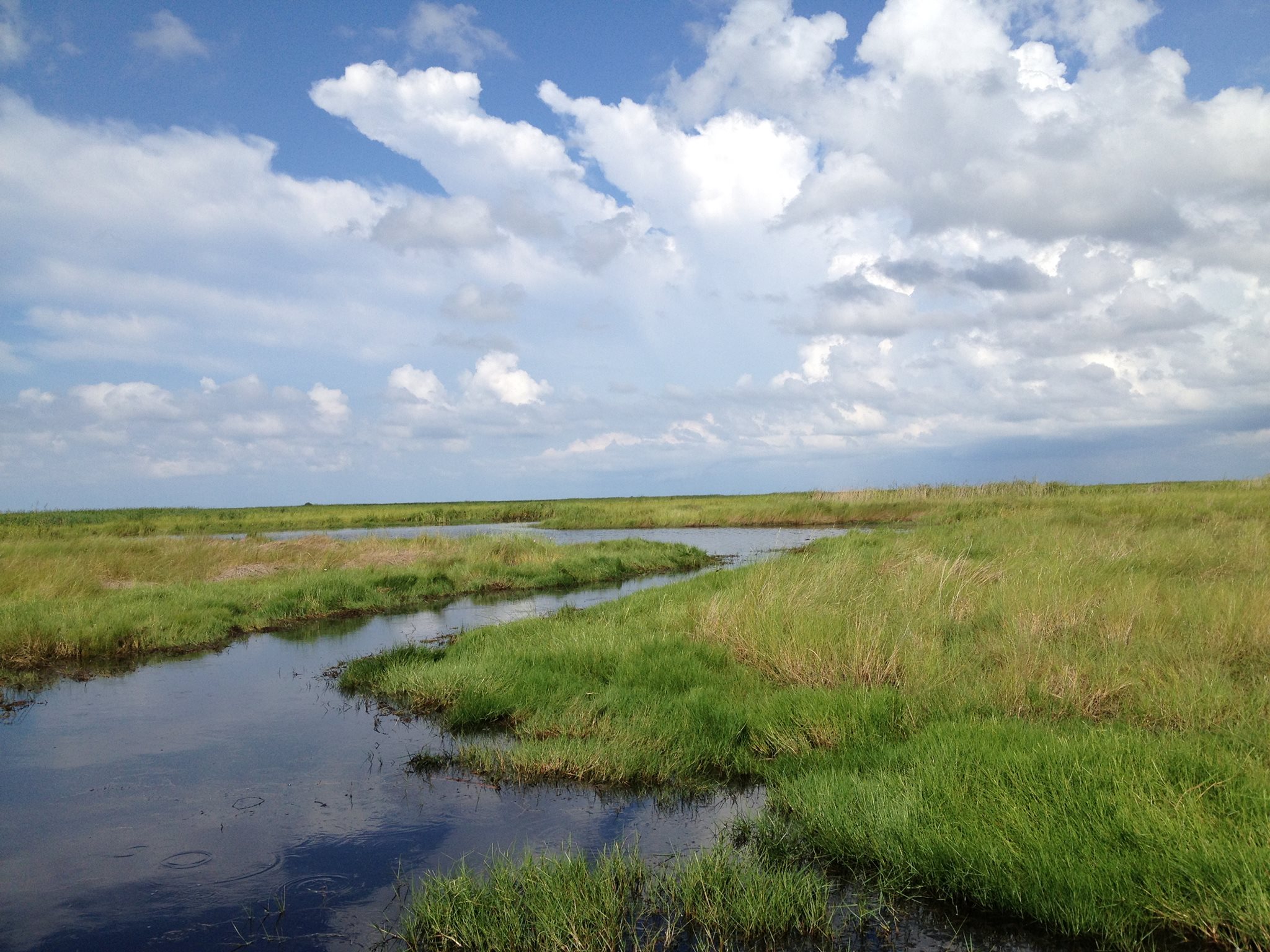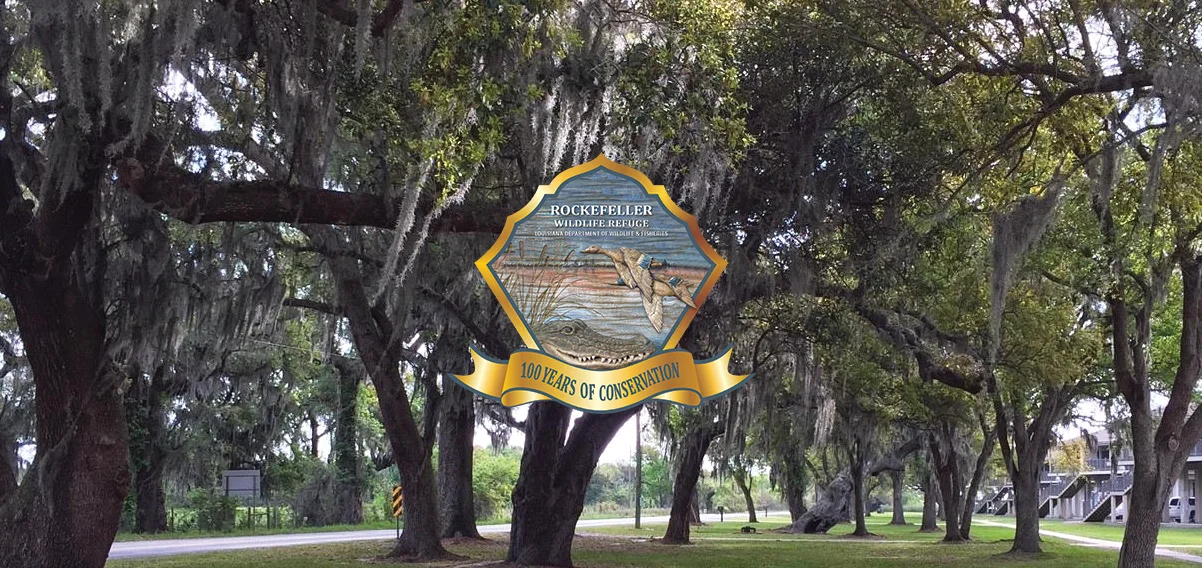ROCKEFELLER WILDLIFE REFUGE
Over 100 Years of Dedicated Conservation
One of the most environmentally critical natural areas in Louisiana is the Rockefeller Wildlife Refuge. Located in eastern Cameron and western Vermilion Parishes, this coastal property was purchased by E. A. McIlhenny on July 12, 1913 with the goal of preserving its value for wintering waterfowl and other migratory birds. McIlhenny found a common vision and financial backing with the Rockefeller Foundation. Together they put together the purchase, protective easements, and management funding to ensure that this coastal property would support wintering bird migrations in perpetuity. In late 1919 the property was turned over to the state of Louisiana and has been managed by the Louisiana Department of Wildlife and Fisheries as a refuge and research center for over 100 years. The refuge, which is composed of over 70,000 acres of wetlands, borders the Gulf of Mexico for 26.5 miles and is bordered on the north by the east-west aligned Grand Chenier Ridge (French meaning “large ridge of oak trees”).
habitat conservation
Habitat conservation is one of the primary goals of the Rockefeller Wildlife Refuge (RWR). Wildlife and fisheries species depend on the stability of the existing habitat. Habitat is enhanced through an interspersion of naturally flooded and impounded wetlands. These habitats are managed through control burns, salinity regulation, and water level management utilizing an extensive network of canals, levees, pumps, and water control structures. These management practices have resulted in some of the most productive coastal wetlands in the State of Louisiana.
RESEARCH
RWR has a world-renowned reputation for its emphasis on wildlife, fisheries, and marsh management research. Staff have published extensively on wildlife-related research over the past 100 years, disseminating the results of research findings through over 600 published studies on a wide variety of subjects. In addition, staff provides public and professional presentations while also integrating this information into the overall departmental conservation program. Rockefeller Refuge has also served as a research station by visiting scientists from all over the world.
ENDANGERED SPECIES RECOVERY
Biologists stationed at Rockefeller Wildlife Refuge have led recovery efforts for several endangered species. These include our iconic American Alligator, Brown Pelican, and the Bald Eagle. Diligent planning, monitoring, and surveying have documented the full recovery of these three culturally important species, which have since been delisted and are no longer on the endangered species list. Visitors to our region often travel to Louisiana to see these species in the wild, and continued work should ensure future generations will have similar such memorable opportunities. Current recovery programs are underway to re-establish the endangered whooping crane. Research is also ongoing to protect “at-risk” species such as reddish egrets and American oyster catcher to ensure they don’t become endangered.
PUBLIC RECREATION
Access to public resources is very limited in coastal Louisiana. Rockefeller Refuge is meeting the high demand for recreational access with an estimated 100,000 visitors annually. Rockefeller Wildlife Refuge provides four miles of interior roads and three boat ramps for public access. The refuge is equipped with numerous fishing piers for both drive-in and boat-in visitors.
The most common recreational activities on the refuge are fishing, crabbing, and shrimping. Approximately 106 miles of canals are available to the public for recreational fishing during the spring, summer, and fall. During the winter months, many of these fishing canals are closed to limit disturbance to wintering waterfowl. Around 40 miles of canals remain open year-round. The refuge canals offer access to fresh, brackish, and saltwater recreation.
PHOTO GALLERY
